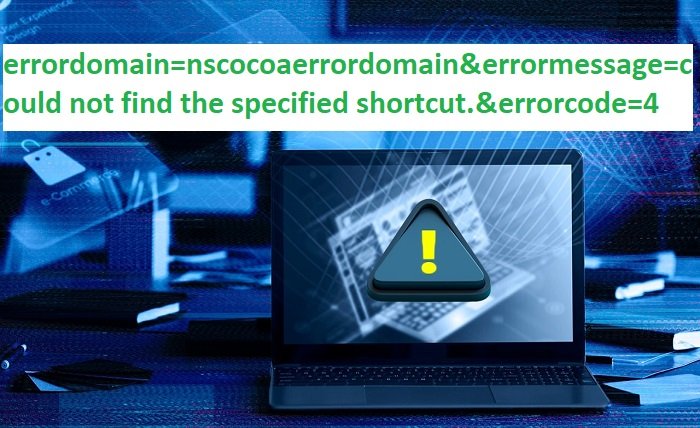Introduction
The 422 error code, also known as “Unprocessable Entity,” is an HTTP status code indicating that the server understands the content type of the request entity, but was unable to process the contained instructions. This error commonly occurs in web development and API interactions. In this blog post, we’ll delve into the intricacies of the 422 error code, exploring its causes, implications, and solutions.
What is the 422 Error Code?
The 422 error code signifies that the server received the request, but was unable to process it due to semantic errors. Unlike a 400 Bad Request error, which indicates a syntactical issue, the 422 error points to problems with the content of the request.
Common Causes of the 422 Error Code
Several factors can trigger a 422 error code. These include malformed XML or JSON payloads, invalid field values, or failed validations on the server side. Understanding these causes is crucial for diagnosing and resolving this error effectively.
How to Identify a 422 Error Code
When a 422 error code occurs, it typically manifests in the form of an HTTP response with a status code of 422. The response body often contains details about the error, providing clues about what went wrong. These details can be instrumental in troubleshooting the issue.
Debugging a 422 Error Code
Debugging a 422 error code involves inspecting the request payload and ensuring it adheres to the expected format and content requirements. Tools like Postman or cURL can be invaluable for sending and inspecting HTTP requests during this process.
Handling 422 Error Code in APIs
When developing APIs, it’s essential to handle the 422 error code gracefully. This involves validating incoming requests and providing clear, actionable error messages to the client. Proper error handling improves the robustness and user-friendliness of your API.
Impact of 422 Error Code on User Experience
Encountering a 422 error code can be frustrating for users, particularly if they don’t understand the cause. Providing meaningful error messages and guidance on how to rectify the issue can significantly enhance the user experience.
Preventing 422 Error Code in Web Applications
To prevent the 422 error code, developers should implement thorough validation checks on both the client and server sides. Ensuring that all user inputs meet the required criteria before sending them to the server can minimize the risk of encountering this error.
Real-World Examples of 422 Error Code
Understanding real-world scenarios where the 422 error code might occur can help developers anticipate and prevent such issues. For instance, a user submitting a form with invalid data or an API client sending improperly formatted requests are common situations that can lead to a 422 error.
Best Practices for Resolving 422 Error Code
To effectively resolve a 422 error code, follow best practices such as detailed logging, rigorous validation, and clear communication with clients or users. These practices can help quickly identify and fix the underlying issues causing the error.
Tools for Diagnosing 422 Error Code
Several tools can assist in diagnosing the 422 error code. API testing tools like Postman, logging frameworks, and monitoring solutions can provide insights into why the error is occurring and how to address it.
Conclusion
The 422 error code, while specific in its nature, can pose significant challenges if not handled properly. By understanding its causes, implications, and solutions, developers can ensure their applications are robust and user-friendly. Proper validation, debugging techniques, and clear error messaging are key to effectively managing this error.
FAQs
1. What does the 422 error code mean? The 422 error code indicates that the server understands the request but cannot process it due to semantic errors in the content.
2. How can I fix a 422 error code? To fix a 422 error code, check the request payload for any validation issues or malformed data and ensure it adheres to the expected format.
3. Can client-side validation prevent 422 error codes? Yes, implementing thorough client-side validation can prevent many instances of the 422 error code by ensuring data is correctly formatted before it reaches the server.
4. What tools can help diagnose a 422 error code? Tools like Postman, cURL, and logging frameworks are useful for diagnosing a 422 error code by allowing you to inspect and test HTTP requests and responses.
5. Is a 422 error code similar to a 400 error code? No, a 400 error code indicates a syntactical issue with the request, while a 422 error code signifies semantic errors with the content of the request.





